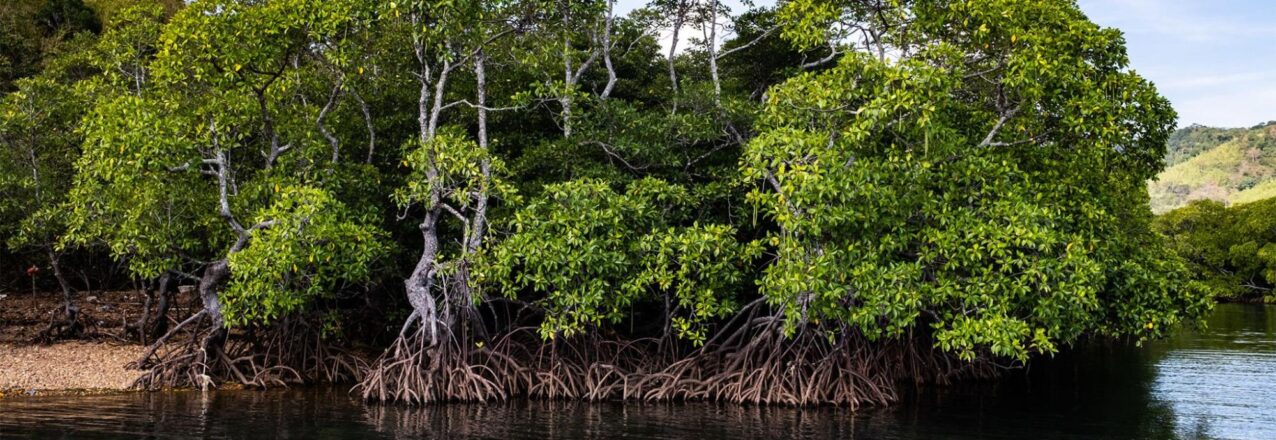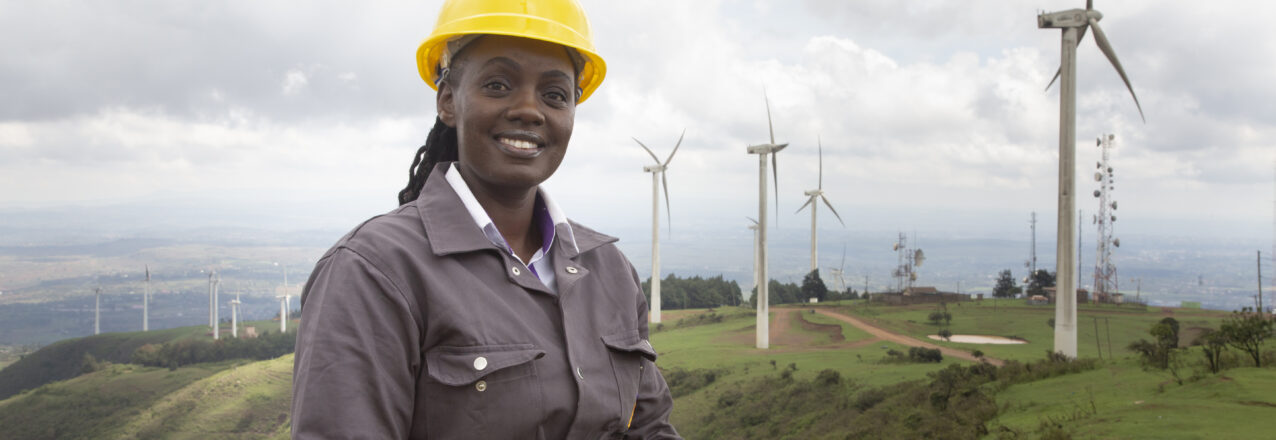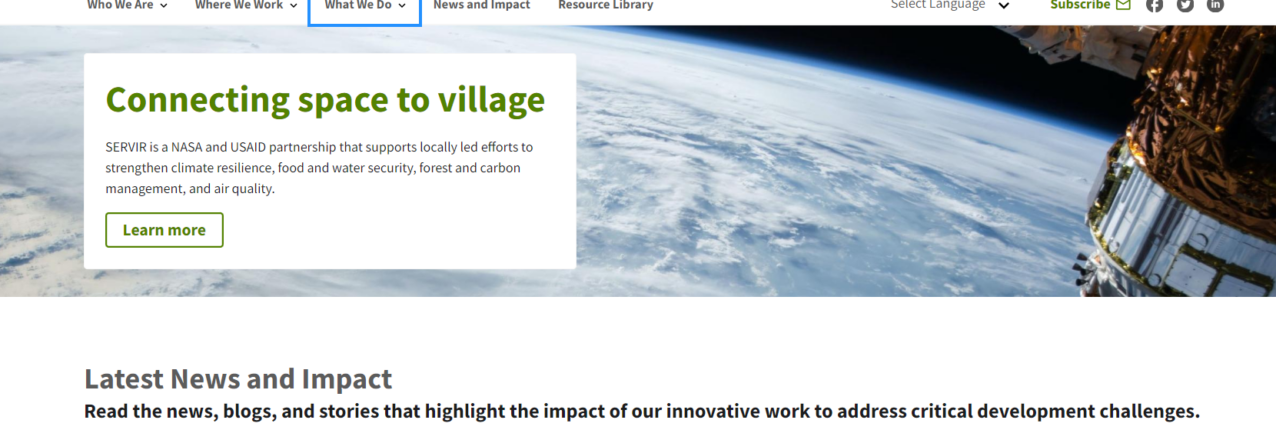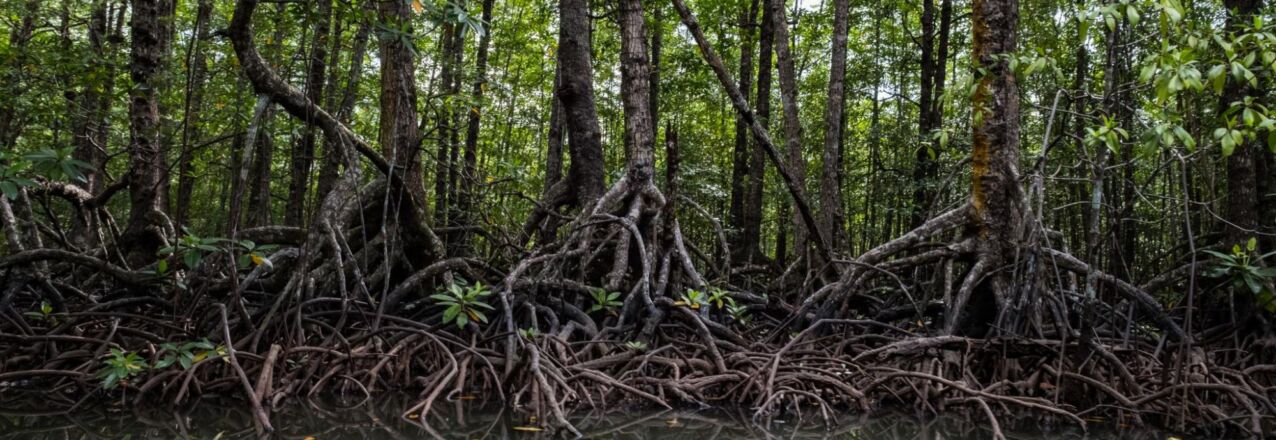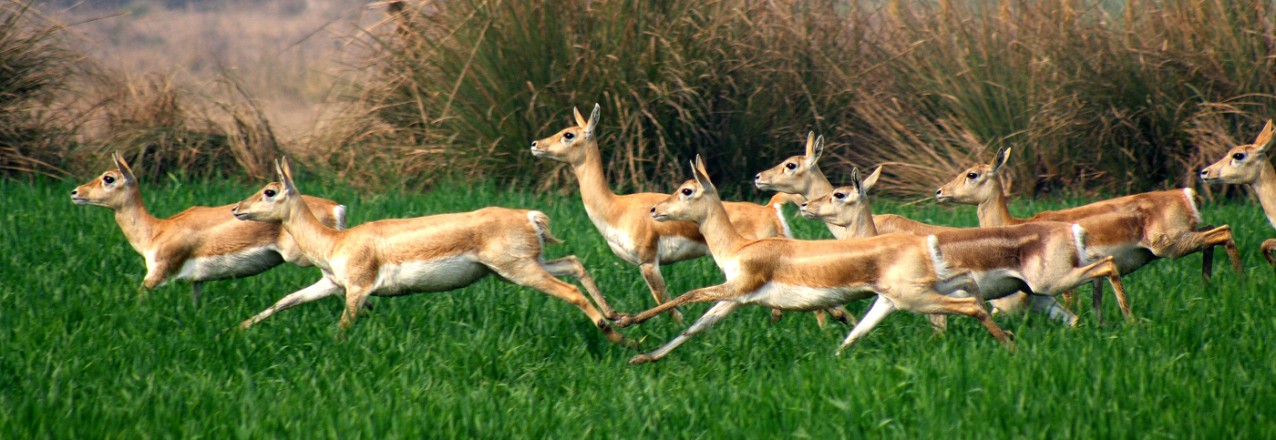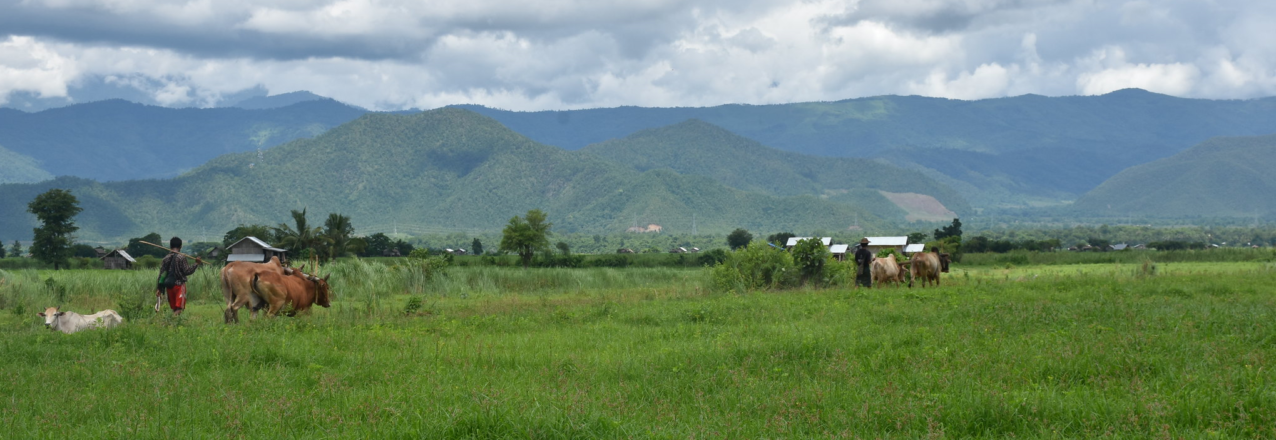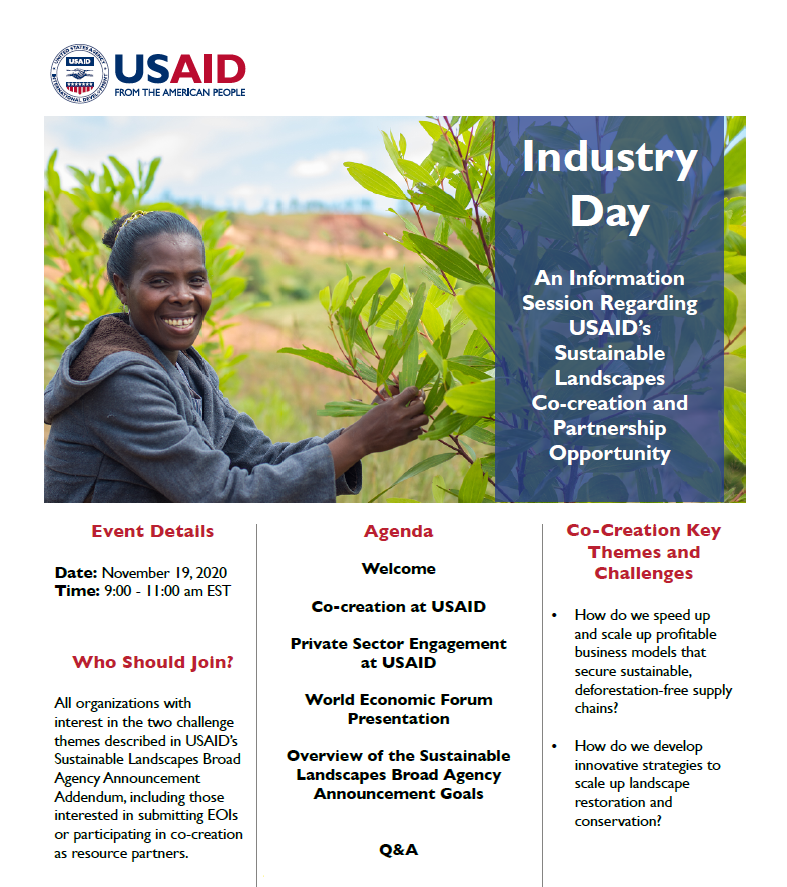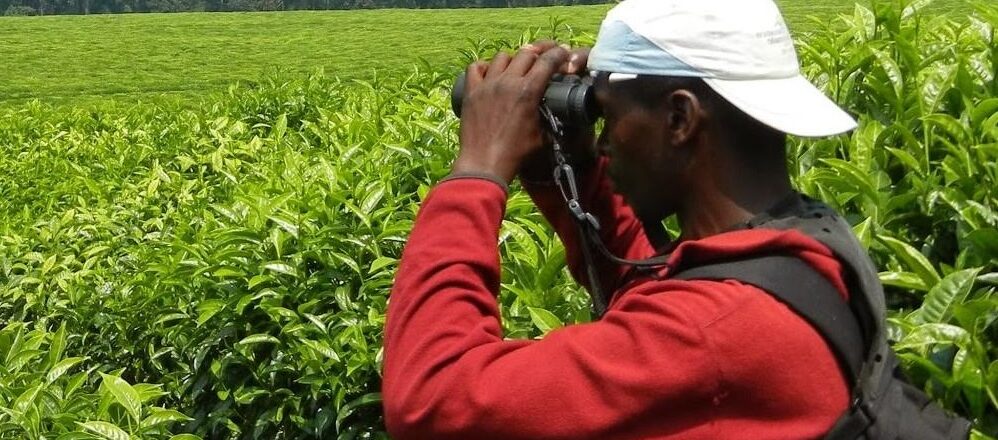Integrated Natural Resource Management Digest: December 2023 – January 2024
While there has been much progress in overall economic prosperity around the world, the loss of biodiversity continues at an unprecedented rate. Growing environmental challenges, like biodiversity loss and climate change, have negative impacts on the natural systems that sustain global development.
To address these challenges, USAID has committed to conserving biodiversity through strategic actions to reduce threats and drivers and integrate biodiversity conservation with other development sectors. INRM supports USAID in achieving this goal by contributing the latest evidence to inform the upcoming USAID Biodiversity Policy update; advancing integrated biodiversity conservation solutions, such as researching the linkages between participatory natural resource management and democratic outcomes; providing data to support decision-making; providing biodiversity-related conflict reduction strategies; incorporating land and resource governance into biodiversity programming, and more.
See below for more details on INRM’s efforts and resources from across USAID to support integrated biodiversity conservation.
In this digest:
INRM’s support for biodiversity conservation
- Assessing USAID’s 2014 Biodiversity Policy
- Strengthening democracy and protecting nature by elevating community voices
- Facilitating conservation finance roundtables
- Measuring conservation impact in Eastern Kafue, Zambia
- Supporting sustainable aquaculture in Madagascar
- Securing land rights to protect biodiversity
- Curating biodiversity resources in the ENRM Resource Library
Selected USAID resources on biodiversity integration
- ENRM Integration Essentials: Biodiversity
- Incorporating Land and Resource Governance into Biodiversity Programming
- Integrating Biodiversity and Sustainable Landscapes in USAID Programming
- USAID’s Indigenous Peoples’ Guidance on Biodiversity
- Biodiversity Integration in Practice: A Case Study of USAID in Western Honduras
- Biodiversity Integration in Practice: A Case Study of USAID in Mozambique


